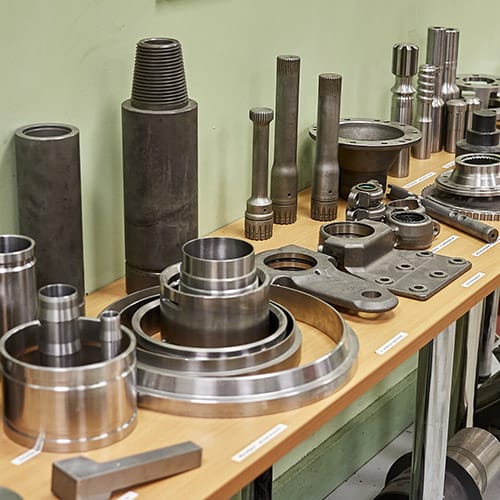Artificial Intelligence is digging it’s hole and marking its place in almost all of the industries we’re familiar with today, including the cutting tools industry. As more and more manufacturers turn to economical processes, robotics are seen as a way to increase productivity, improve precision and reduce labour costs. This has led to some speculation whether automation will replace humans completely and has led others to ask if the risks of AI development are far too great in contrast to benefits they serve
While upfront costs for automated machinery may be intimidating to many, the reduction in operating costs, ease of programming and potential for increased productivity is enough for many to fully automate their machining.
Engineers are attempting to reduce the human intervention in the selection of optimal cutting tools and process parameters for metal cutting applications, using Artificial Intelligence techniques. Generally, the selection of appropriate cutting tool and parameters in metal cutting is carried out by an experienced technician/cutting tool expert based on his knowledge base or extensive search from a huge cutting tool database.
Smart monitoring and diagnosis, real-time evaluation and optimization of the whole production and raw materials management can be improved by using machine learning and big data tools. An accurate milling process implies a high quality of the obtained material surface (roughness, flatness). With the involvement of AI-based algorithms, the milling process is expected to be more accurate during complex operations.


